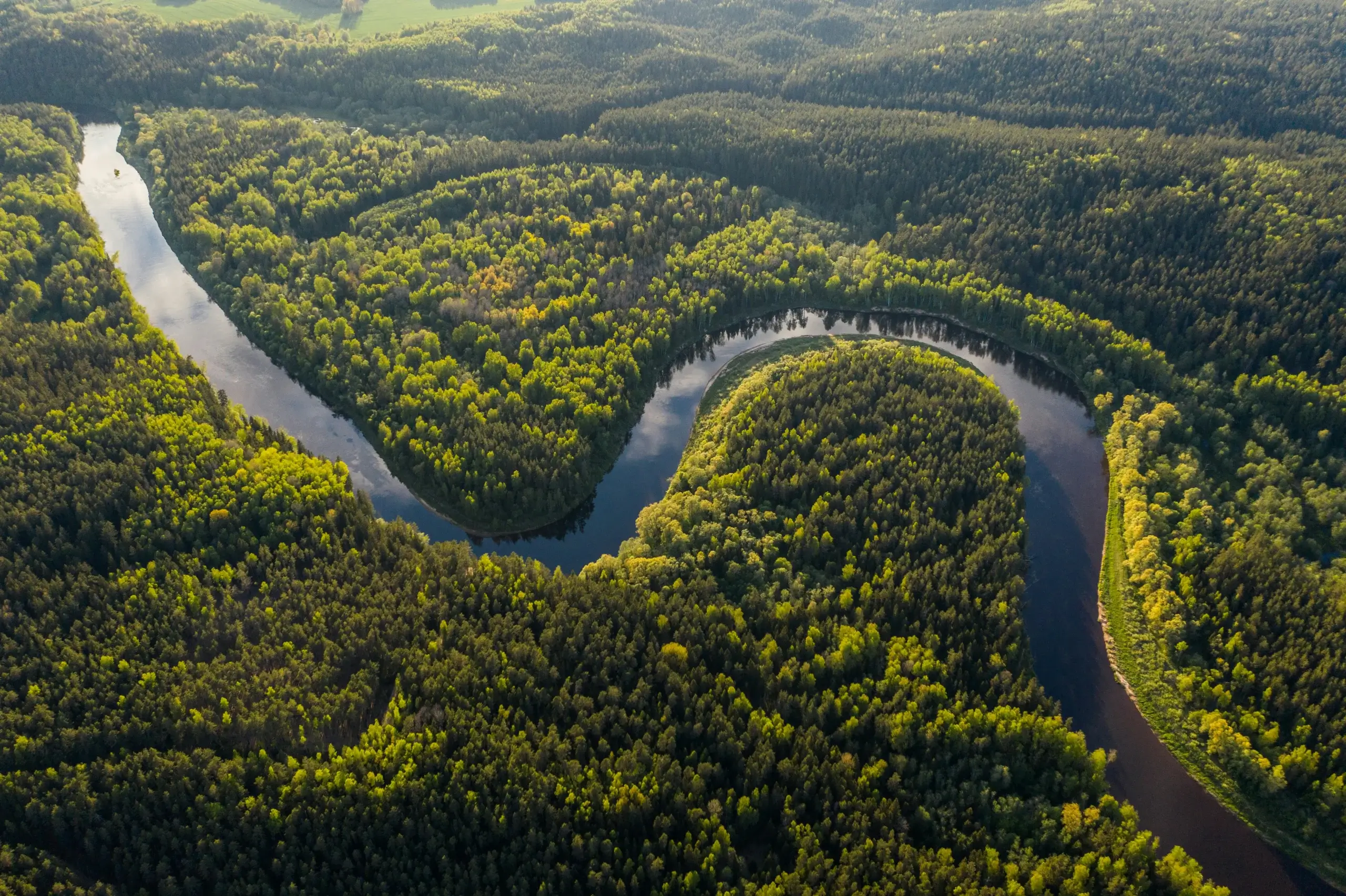The Amazon rainforest, often referred to as the “Lungs of the Earth,” is one of the most biodiverse and ecologically significant regions on our planet. Stretching across nine South American countries, it covers approximately 5.5 million square kilometers and is home to countless species of flora and fauna, many of which are found nowhere else in the world. If you’re planning to explore this magnificent ecosystem, it’s essential to do so in a sustainable and responsible manner. This guide will provide you with valuable tips and information on how to embark on an unforgettable Amazon adventure while minimizing your environmental impact.
Why Responsible Tourism Matters in the Amazon
Before delving into the specifics of responsible tourism in the Amazon, it’s crucial to understand why it matters. The Amazon rainforest is under constant threat from deforestation, illegal logging, and climate change. Irresponsible tourism practices can exacerbate these issues by disturbing wildlife, contributing to pollution, and harming delicate ecosystems. By choosing to explore the Amazon responsibly, you can help preserve this natural wonder for future generations.
When to Visit the Amazon
The Amazon experiences a tropical rainforest climate, characterized by high humidity and rainfall throughout the year. While it’s possible to visit at any time, the best time for your Amazon adventure depends on your preferences and objectives:
- Dry Season (June to November):
- This is the most popular time for tourists as there is less rainfall and lower humidity.
- Ideal for hiking, bird watching, and wildlife spotting as animals gather around water sources.
- However, expect higher prices and more crowded accommodations during this period.
- Wet Season (December to May):
- Witness the rainforest in its full lushness with vibrant vegetation.
- Great for those interested in aquatic experiences like canoeing and piranha fishing.
- Fewer tourists mean a quieter and more immersive experience.
- Be prepared for daily rain showers and potential flooding.
Choosing Responsible Tour Operators
Selecting a reputable and responsible tour operator is paramount for an ecotourism adventure in the Amazon. Here are some key considerations:
- Research and Reviews:
- Read online reviews and testimonials to gauge the experiences of previous travelers.
- Look for operators with a strong commitment to sustainability and local communities.
- Certifications:
- Check if the tour operator has certifications such as Rainforest Alliance or Travelife, which indicate a commitment to responsible tourism.
- Local Engagement:
- Opt for operators that involve and support local communities, as this helps promote conservation efforts.
- Ensure that guides are from the region and have a deep understanding of the local ecosystem.
- Sustainable Practices:
- Inquire about the operator’s eco-friendly practices, such as waste management and energy conservation.
- Ensure they follow Leave No Trace principles, which minimize the impact on the environment.
- Small Group Tours:
- Choose tours with smaller group sizes to reduce your impact on the environment and maximize your experience.
Ecotourism Activities in the Amazon
Once you’ve chosen a responsible tour operator, it’s time to plan your ecotourism activities in the Amazon. Here are some incredible experiences you can enjoy while minimizing your environmental footprint:
- Wildlife Watching:
- Spot iconic Amazonian creatures like jaguars, sloths, and macaws.
- Use binoculars and keep a safe distance to avoid disturbing animals.
- Canoeing and Kayaking:
- Paddle through serene tributaries and flooded forests to observe wildlife up close.
- Use eco-friendly sunscreen and insect repellent to protect the waterways.
- Jungle Hiking:
- Explore the lush rainforest on guided hikes to learn about the diverse flora and fauna.
- Stick to designated trails and avoid trampling on delicate plants.
- Community-Based Tourism:
- Engage with local communities to gain insight into their traditions and way of life.
- Purchase handmade crafts directly from artisans to support the local economy.
- Night Tours:
- Venture into the Amazon after dark to encounter nocturnal animals like frogs and night monkeys.
- Use red-filtered flashlights to minimize disruption to wildlife.
Responsible Practices for Amazon Exploration
To ensure your Amazon adventure is ecologically responsible, follow these practices:
- Pack Lightly and Mindfully:
- Minimize single-use plastics and bring reusable water bottles, bags, and utensils.
- Pack eco-friendly toiletries and biodegradable soap.
- Respect Wildlife:
- Observe animals from a safe distance and avoid feeding them.
- Do not remove plants, animals, or rocks from their natural habitat.
- Dispose of Waste Properly:
- Follow your tour operator’s guidelines for waste disposal.
- Keep all trash securely sealed and separate recyclables when possible.
- Reduce Energy and Water Usage:
- Conserve energy by turning off lights and electronics when not in use.
- Use water sparingly, as resources can be limited in some areas.
- Educate Yourself:
- Learn about the Amazon’s ecosystems and the importance of conservation.
- Share your knowledge with fellow travelers to raise awareness.
Final Thoughts
Exploring the Amazon is a once-in-a-lifetime experience that allows you to connect with nature in its purest form. By choosing responsible ecotourism practices and supporting local communities, you can make a positive impact on this extraordinary ecosystem. Remember that preserving the Amazon is a collective effort, and your responsible choices can contribute to its long-term survival, ensuring that future generations can marvel at its beauty and biodiversity.





